Abstract art is often perceived as a mysterious realm of creativity, where shapes, colors, and forms transcend literal representation to evoke emotions, ideas, and sensations. But how does abstract art differ across the ages, from the instinctive scribbles of a child to the deliberate strokes of a master artist? And how does it parallel the artistry of nature, which sculpts the world around us in similarly unpredictable and evocative ways?
The Beginnings: Children’s Abstract Art
Children are natural-born artists. Their first forays into drawing often take the form of abstract scribbles. These chaotic lines, loops, and splashes of color may appear meaningless to the adult eye, but they are profound expressions of curiosity, emotion, and discovery. For a toddler, a crayon is not just a tool but an extension of their hand, channeling energy and imagination onto paper.
This unfiltered creativity is strikingly raw and unselfconscious. Unlike trained artists, children do not worry about technique or meaning; they create for the sheer joy of creation. Their art often mirrors their emotional states, much like the swirling, unpredictable patterns found in a stormy sky or the ripples of water disturbed by a stone.
Abstract Masters: Deliberation Meets Intuition
In contrast, abstract artists such as Wassily Kandinsky, Jackson Pollock, and Mark Rothko approach abstraction with a blend of intention and spontaneity. Kandinsky, for example, sought to create a “visual symphony,” where colors and shapes evoked the same emotions as music. Pollock’s famous drip paintings capture the chaotic yet harmonious interplay of movement and rhythm, while Rothko’s vast color fields invite deep introspection.
What separates these masters from a child’s scribbles is not necessarily the complexity of the work but the depth of thought and control behind it. Abstract artists channel their unconscious mind, much like a child, but they also apply years of training and reflection. Their work is a deliberate exploration of form, color, and emotion, often rooted in philosophical or spiritual ideas.
Ancient Abstracts: Cave Art and the Dawn of Creativity
The roots of abstract expression can be traced back to humanity’s earliest attempts at art—the cave paintings of Lascaux and Chauvet in France, or the rock art of Australia. While these depictions often portrayed animals and hunting scenes, many include abstract symbols, handprints, and patterns. These early artists, like children, expressed themselves instinctively, using the materials and surfaces available to them. The meaning of many of these symbols remains unknown, hinting at a universal human urge to create beyond the literal.
Nature as the Ultimate Abstract Artist
Nature itself can be seen as the ultimate abstract artist. The swirling patterns of water carving its way through rock, the wind sculpting sand dunes into intricate designs, and the fractal-like branches of trees all demonstrate a form of creative chaos. These natural phenomena, like abstract art, are unpredictable yet governed by underlying principles—gravity, erosion, and time.
Artists often draw inspiration from nature’s abstract designs. For instance, the delicate veining of marble, shaped over millennia, mirrors the layered emotions conveyed in a Rothko painting. Similarly, Pollock’s dripping paint mimics the spontaneous paths of rain on a windowpane or the branching of lightning across the sky.
The Intersection: Abstract Art and the Unconscious
Both abstract artists and nature’s forces tap into a kind of unconscious creativity. Surrealists like Joan Miró and Salvador Dalí sought to access the subconscious through automatic drawing and dream imagery, much like how a river’s meandering path seems to follow an unconscious logic of its own. Children, too, access this state when they create without inhibition, driven by pure emotion and impulse.
The parallels between these realms remind us that abstraction is not about randomness but about accessing deeper truths. Whether through a child’s spontaneous doodle, a master’s calculated strokes, or the slow sculpting of rock by water, abstract art connects us to the primal forces of creation and the mystery of the unknown.
Conclusion
Abstract art, in its many forms, bridges the gap between the tangible and the intangible, the conscious and the unconscious. From the scribbles of children to the masterpieces of modern art, from the ancient symbols in caves to the patterns shaped by wind and water, abstraction is a universal language that transcends time, culture, and even species. It reminds us that art is not confined to the canvas but is woven into the very fabric of existence, inviting us to see beauty and meaning in the seemingly chaotic dance of life.

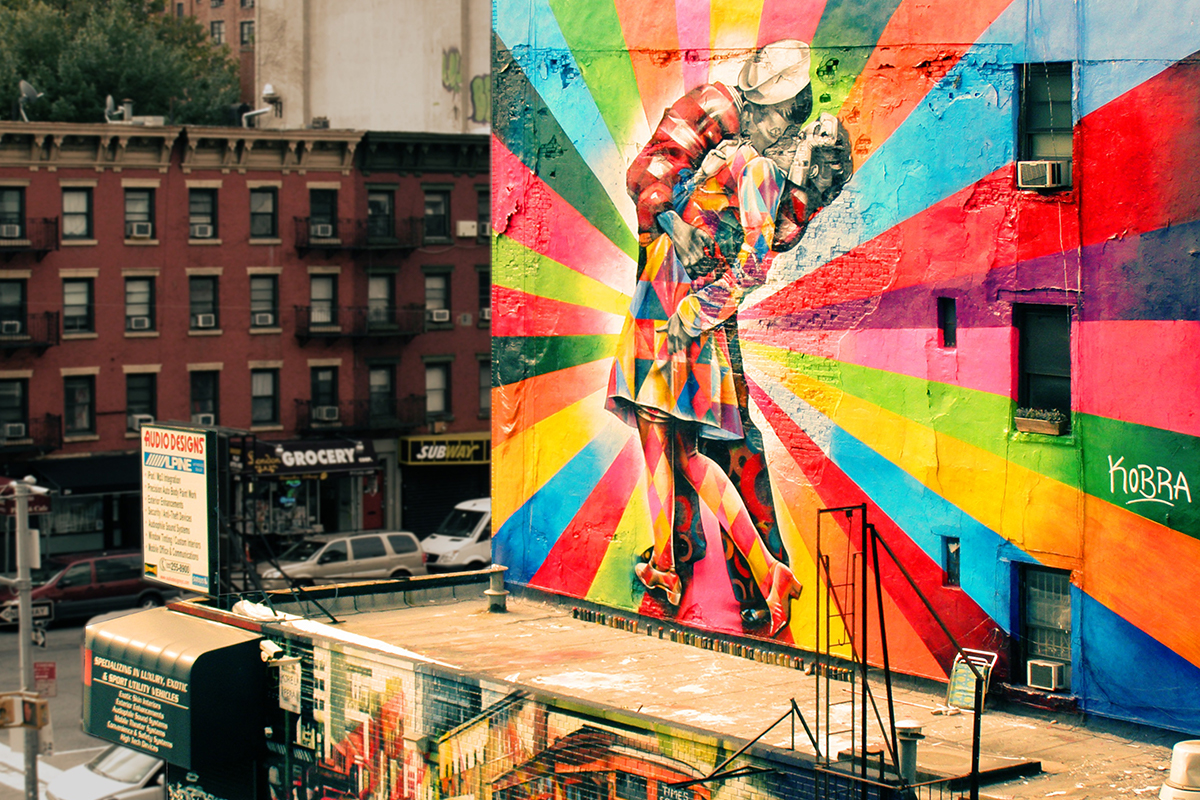
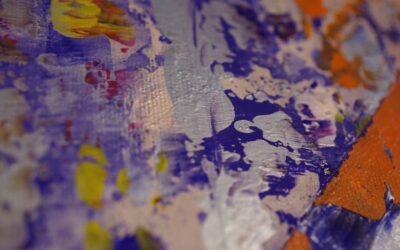
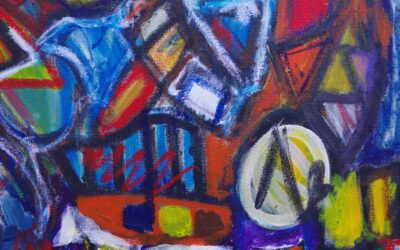
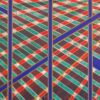
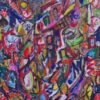
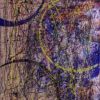
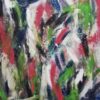
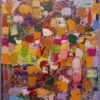
0 Comments